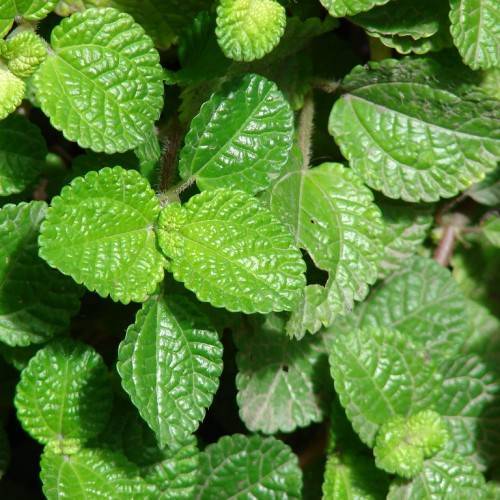
creeping Charlie
Pilea nummulariifolia
Cycle:
Perennial
Watering:
Average
Hardiness Zone:
10
Flowers:
Flowers
Sun:
full sun
Soil:
Well-drained
Fruits:
Fruits Ready In Summer
Leaf:
Yes
Growth Rate:
Low
Maintenance:
Moderate
Indoors:
Yes
Care Level:
Medium
watering
Mature artillery plants should be watered approximately once a week. When watering the artillery plant, add enough water to thoroughly soak the soil until it runs from the drainage holes. Make sure to empty the drainage tray or saucer after watering to avoid roots rotting. Keep in mind that during the winter months, reduce the frequency of watering and allow the topsoil to almost dry out between watering.
sunlight
The artillery plant is a tropical plant species and requires medium to bright indirect or semi-shaded sunlight exposure throughout the day. In order for this plant species to thrive, it should receive at least 4 hours of direct sunlight and several more hours of filtered or indirect sunlight daily. Too much bright, direct sunlight exposure may result in scorched leaves and hasty growth.
pruning
Pruning is an important part of caring for artillery plants. Pruning should be done lightly and regularly as heavy pruning may damage the plant. To keep the plant healthy and looking its best, prune away any brown or dying leaves or stems, and thin out thick stems or stems that are growing in opposite directions. When pruning artillery plants, it is best to do so in the spring or summer. Prune in spring to promote healthier and more vigorous growth of the plant, and prune in summer to keep it from getting overcrowded.
